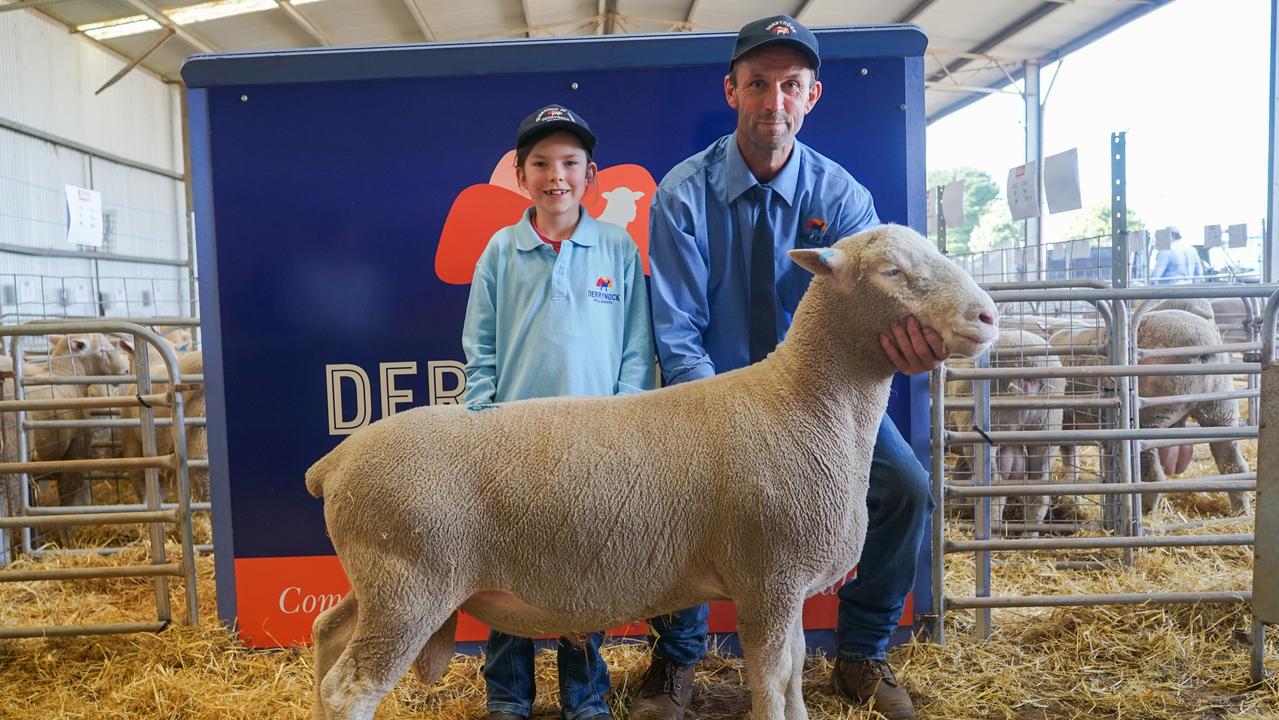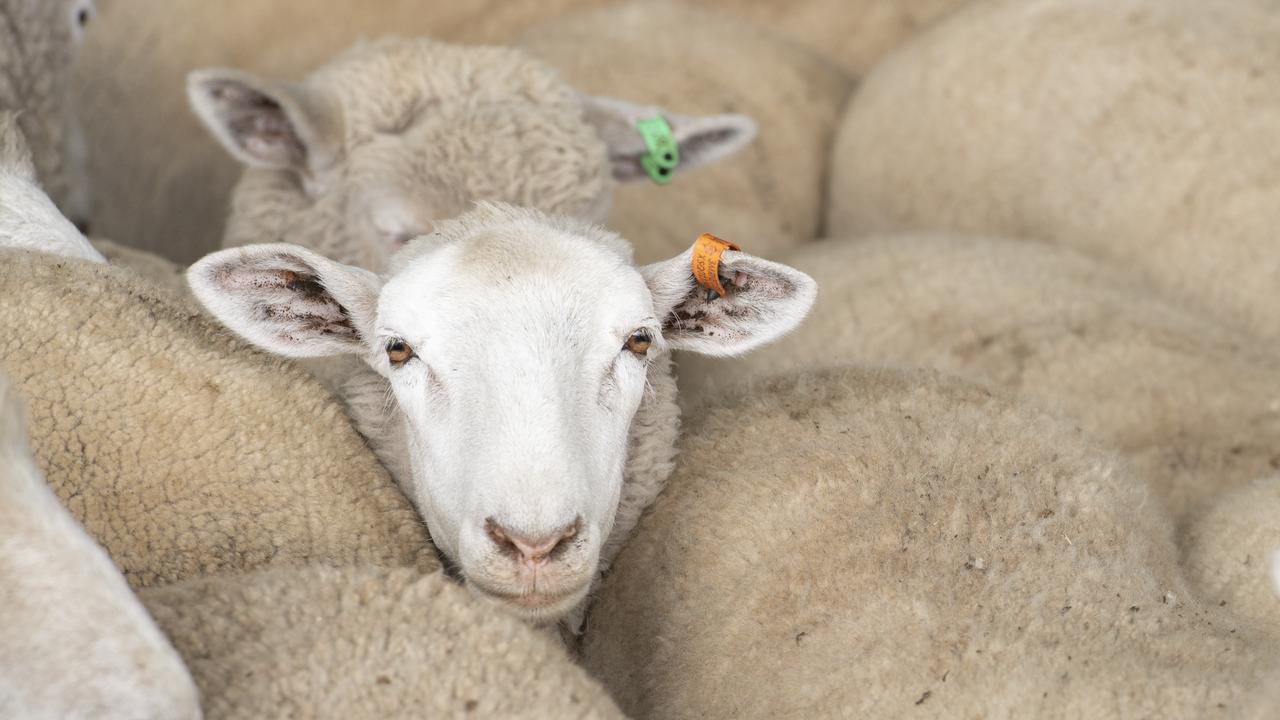Wool prices are a ‘battle’ but this Ararat region grower isn’t throwing in the towel
Just a few years shy of 100 years old, this western Victorian stud remains focused on the long game, even as seasons, prices turn nasty.
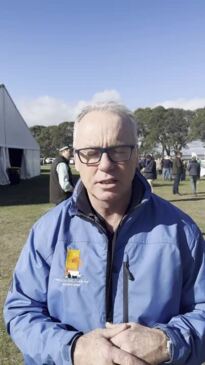
Growing some of the best wool in the world is the goal of Ballyrogan’s Hartwich family of Mt Challicum Merinos.
And it is something the family have proven they can do, twice at least.
Fleece from Mt Challicum have won the grand champion award at the Australian Fleece Competition – the largest fully measured fleece competition in the world – in 2014 and 2022. And in 2023 their fleeces ranked in reserve and third placings, proving the consistency of the wool their Merinos can produce.
The stud was started almost 100 years ago, in 1928.
While Phil and Kim, along with sons Chris, Ben and Tim, sell around 30 rams from 2000 Merino breeding ewes which are run on the family’s home property, Mt Challicum, another lease property, 10km down the road, carries 8000 sheep.
The Hartwich family join cull ewes to White Suffolks for prime lamb production, but the breeding objectives in the stud remain firmly positioned on wool quality.
“That is a first thing, good quality wool, and then we look for good structure, correct, well grown sheep,” Phil said.
The stud produces both horned and polled rams and microns range from the ultra to superfine end, from 14.2 micron to 17.5 microns. Adult ewes cut from 4.5-5kg of wool.
Investing in new genetics is important for the stud and in recent years the Hartwich family have purchased a horned ram from Rock Bank at Dunkeld, as well as another, “big boned” 17.7 micron polled sire from West Australian stud Rangeview.
This ram cut a whopping 13.7kg of wool for a 13 month fleece.
Two years ago they bought a finer type, 16 micron, ram from Merryville, in partnership with the Beverley stud at Redesdale.
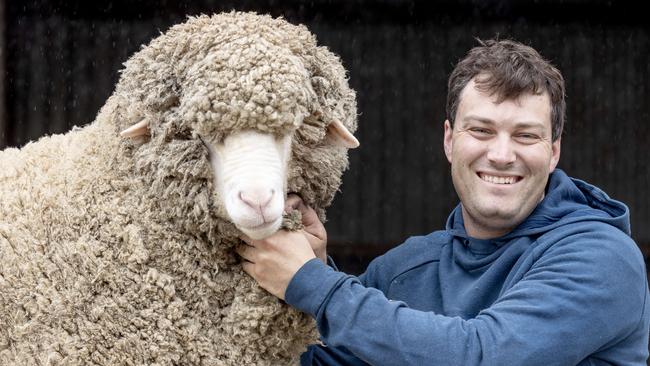
Currently Mt Challicum does not use Australian Sheep breeding Values, but Phil said it was likely they would soon start.
“I think it is what some people want; personally I think it is another tool,” he said.
Mt Challicum sheep are regulars at major shows throughout Victoria with the annual calendar including outings to Horsham, Ballarat, Bendigo and Hamilton fixtures.
Showing since 2009, the family have enjoyed success at all of the events and this year took out the Victorian ultra fine champion ram and reserve champion superfine poll ewe at Bendigo’s Australian Sheep and Wool Show.
“Showing is, first of all, enjoyable, we like the social aspect of it, but it is a good way to benchmark against other studs and see how your stock goes against the best,” Phil said.
“We like to be able to showcase what we have,” he said.
This year’s seasonal conditions have been hard and costly for the family, with grain feeding of sheep continuing all the way through autumn, winter and now well into spring.
“The feeding costs have been the biggest thing,” he said.
And although wool prices were also “a bit of a battle”, Phil said he took a “long-term view” of profitability on farm.
He didn’t think there was a pricing sweet spot in terms of a micron that growers should be chasing, instead the goal should be growing “sound wool that has good yields and tests well; that gives you the best chance”.
“The sheep we are breeding now will be at their peak in two or three years time, so we live in hope that things will be a bit better by then” he said.
But this lambing had “gone well”, Phil said, with “good paddocks getting 100 per cent lambing and averaging 98 per cent”.
“That was really good, but the challenge is now to keep them going (given the seasonal conditions),” he said.
The prime lamb portion are generally sold off around Christmas time, but last year’s drop was feedlotted.
Merino wether lambs are normally carried over, shorn and sold after June shearing to “get a fleece off them”, he said.
In a usual year, young wethers would be sold to other wool growers, but last year’s line went over-the-hooks.
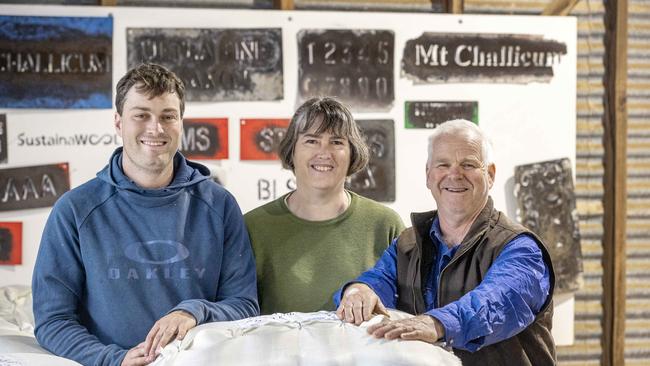
Last October was the first time the stud has held an on-property sale, as part of the Southern Victorian Merino field days.
Its success will lead to the same, Helmsman style format being used on the “at least” 30 ram offering this year, at 3pm on October 18.
Phil said the field days were a good way for people to come and see the sheep for themselves.
“Hopefully people will be keen to get out and have a look again this year,” he said.
Seven other southern Merino studs will also open their gates on the field days.




